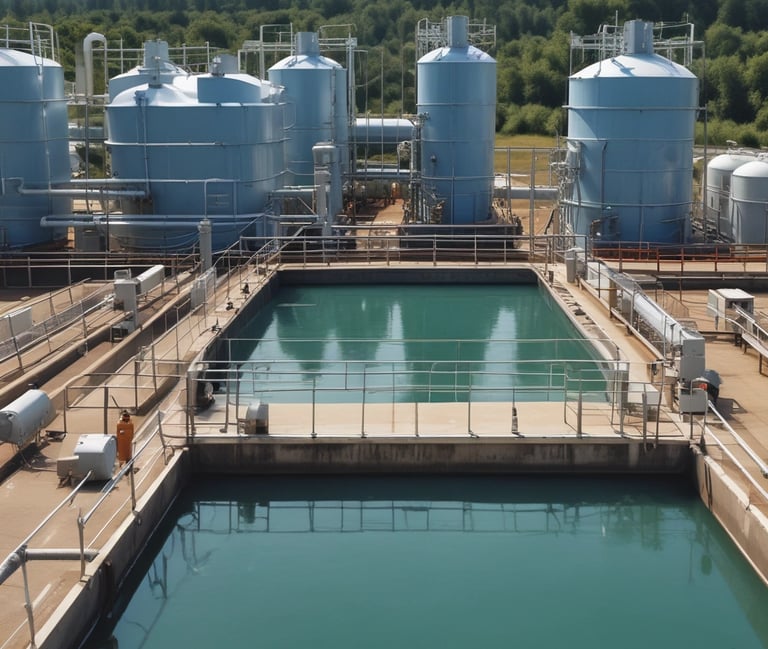Effluent Treatment Plants (ETP) Training-Online


Upcoming Batch:-
ONLINE - LIVE
1 & 2 November 2025
Saturday & Sunday
The Early Bird discount is available until 28 Oct. 2025.
Timing: 10:00 AM to 6:00 PM
Features
Certificate: Soft copy with QR scan enabled
Placement Assistance: Job seekers will be informed of Vacancies and can upload their resume on our job portal @free
· Free Group Support: One Year
· Study Material: Will be provided
Hurry! Limited seats are available. Grab yours now!
Entry is on a first-come, first-served basis only. If booked during the
About the Trainer:
Dr Shashibhushan Biliangadi
Civil and Environmental Engineer
Dr Shashibhushan Biliangadi has been working on various Research and Consulting projects since 2015. He holds a PhD degree from IIT Bombay and an MTech from IIT Guwahati in Civil and Environmental Engineering. His areas of expertise are Wastewater Treatment, Environmental Risk Assessments, Baseline and Morphological studies, and Water Management for Industries. He has experience working in research
ONLINE - LIVE Training - 2 Full Days
**1. Introduction to Effluent Treatment Plants (ETP)**
1.1. Importance of Effluent Treatment for Industries
1.2. Compliance with Environmental Regulations (CPCB, EPA, Local Guidelines)
1.3. Types of Effluents and Their Properties (Physical, Chemical, Biological)
1.4. Basic Components of an ETP and Their Functions
**2. Steps in the ETP Process**
2.1. Primary Treatment: Screening, Oil and Grease Removal, Flocculation, Coagulation, Sedimentation, and Equalisation
2.2. Secondary Treatment: Biological Treatment Using Aerobic and Anaerobic Methods
2.3. Tertiary Treatment: Filtration, Activated Carbon, Reverse Osmosis, UV Light, and Ozonation
2.4. Managing and Disposing of Sludge
**3. ETP Design and Calculations**
3.1. Design Considerations for Various Industries (Textiles, Pharmaceuticals, Food, Chemicals)
3.2. Calculating Flow Rate, Retention Time, and Organic Load
3.3. Determining Hydraulic and Organic Load for Biological Treatment
3.4. Sizing Reactors and Designing for Sludge Management
**4. Detailed ETP Design – Process and Layout**
4.1. Planning Layout and Piping Systems
4.2. Selecting Treatment Technologies Based on Effluent Type
4.3. Enhancing Energy Efficiency and Reducing Costs in ETP Design
4.4. Safety and Automation Features in ETP
**5. Case Studies and Problem-Solving in ETP Operations**
5.1. Common Issues in ETPs and Strategies to Address Them
5.2. Case Studies and Key Takeaways
Feel free to let me know if you need any further modifications!
Early Bird Discount Offer, the fee is 4700 /- (Including tax)
Thereafter, the regular fee is 7700 /- incl. tax.
Training
The premier training institute for the water purification industry.
Contact
mchandra@aows.in
+91 9227438951
© Academy of Water Science - AOWS 2025. All rights reserved. (a JEM INDIA enterprise)
